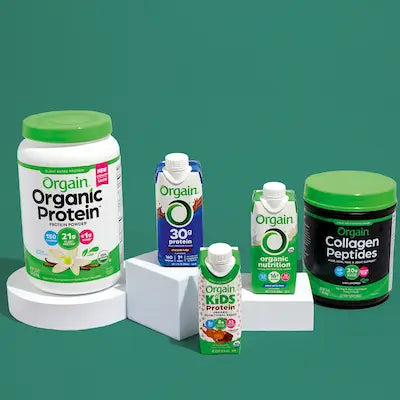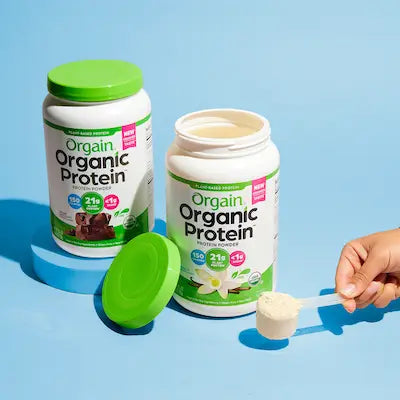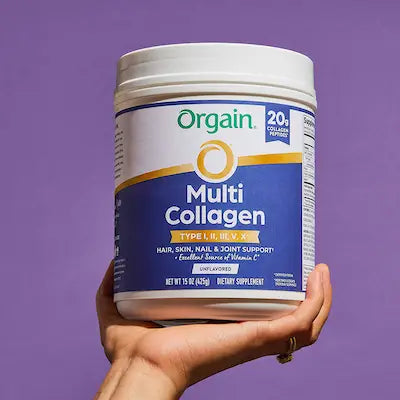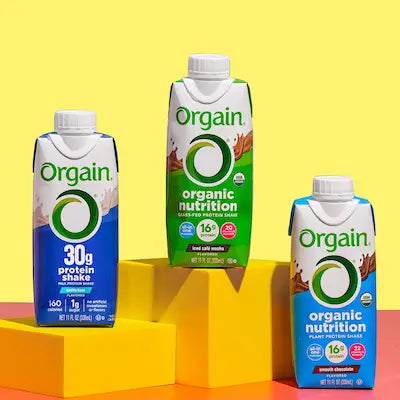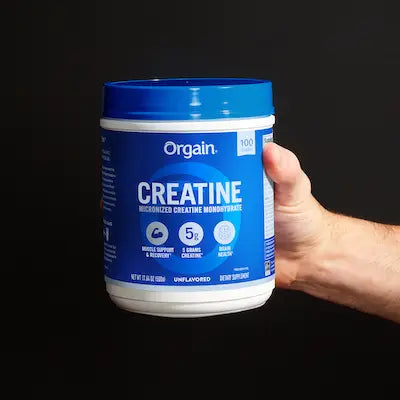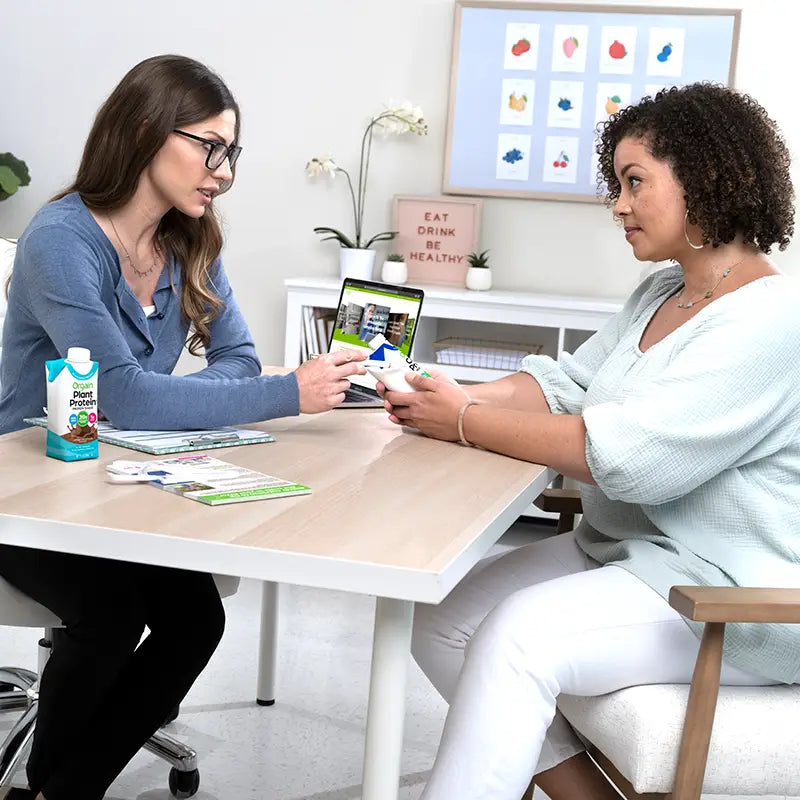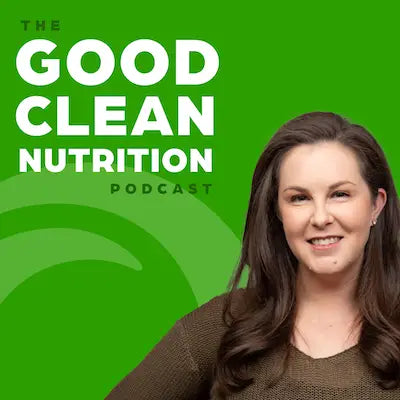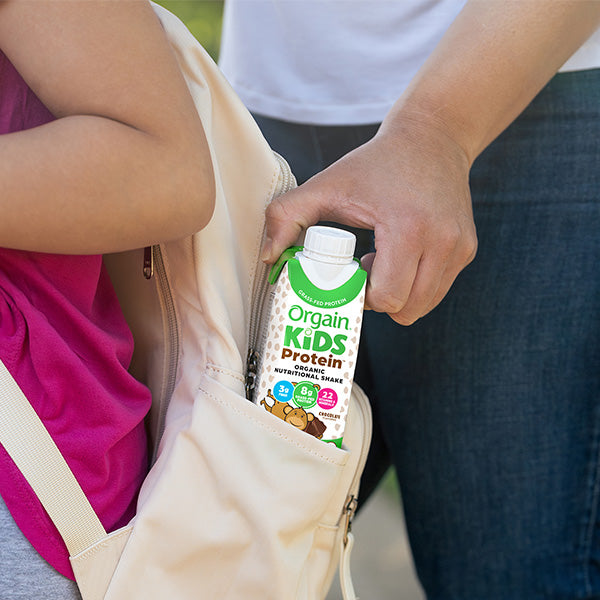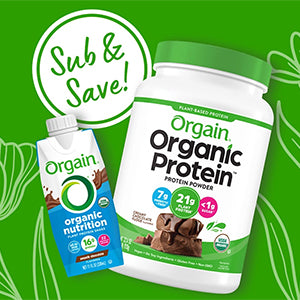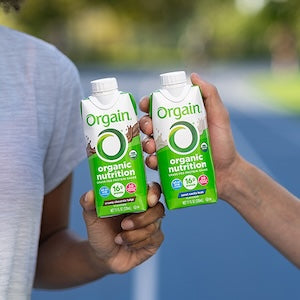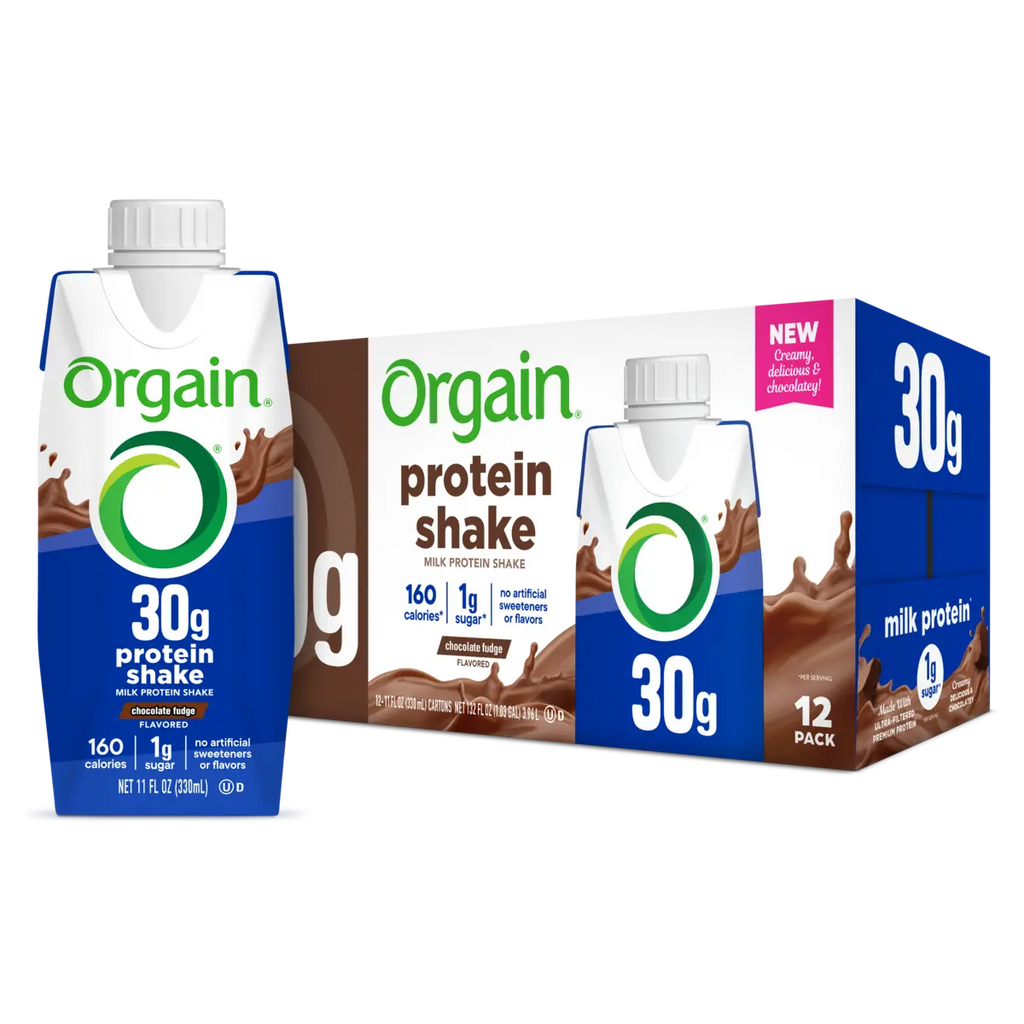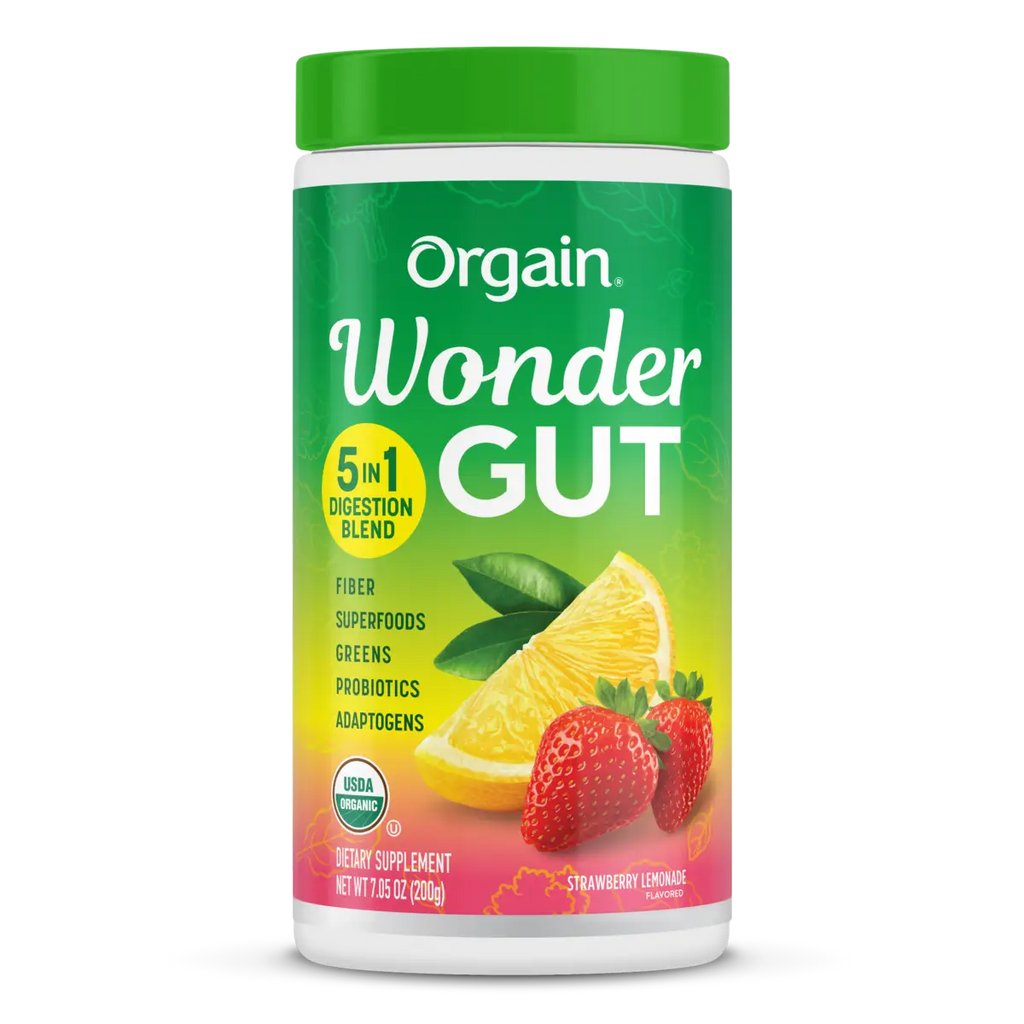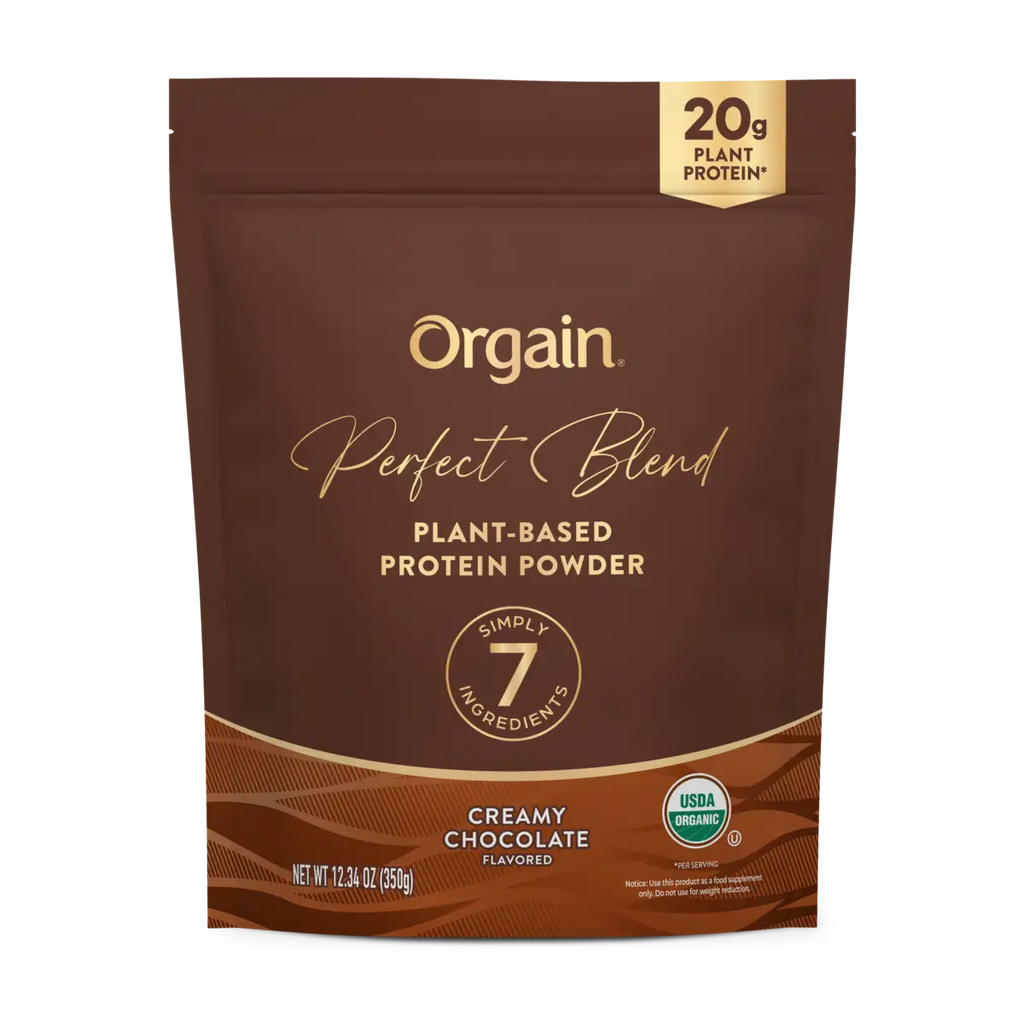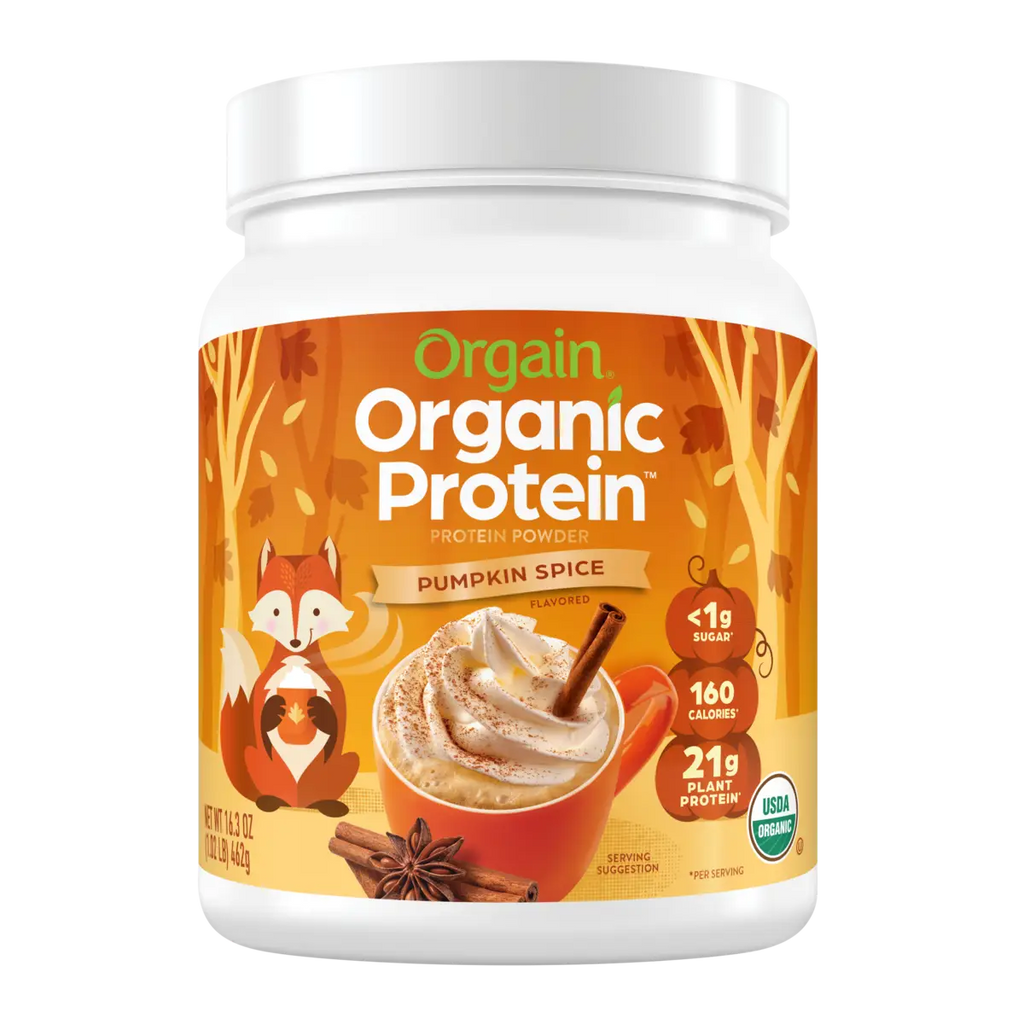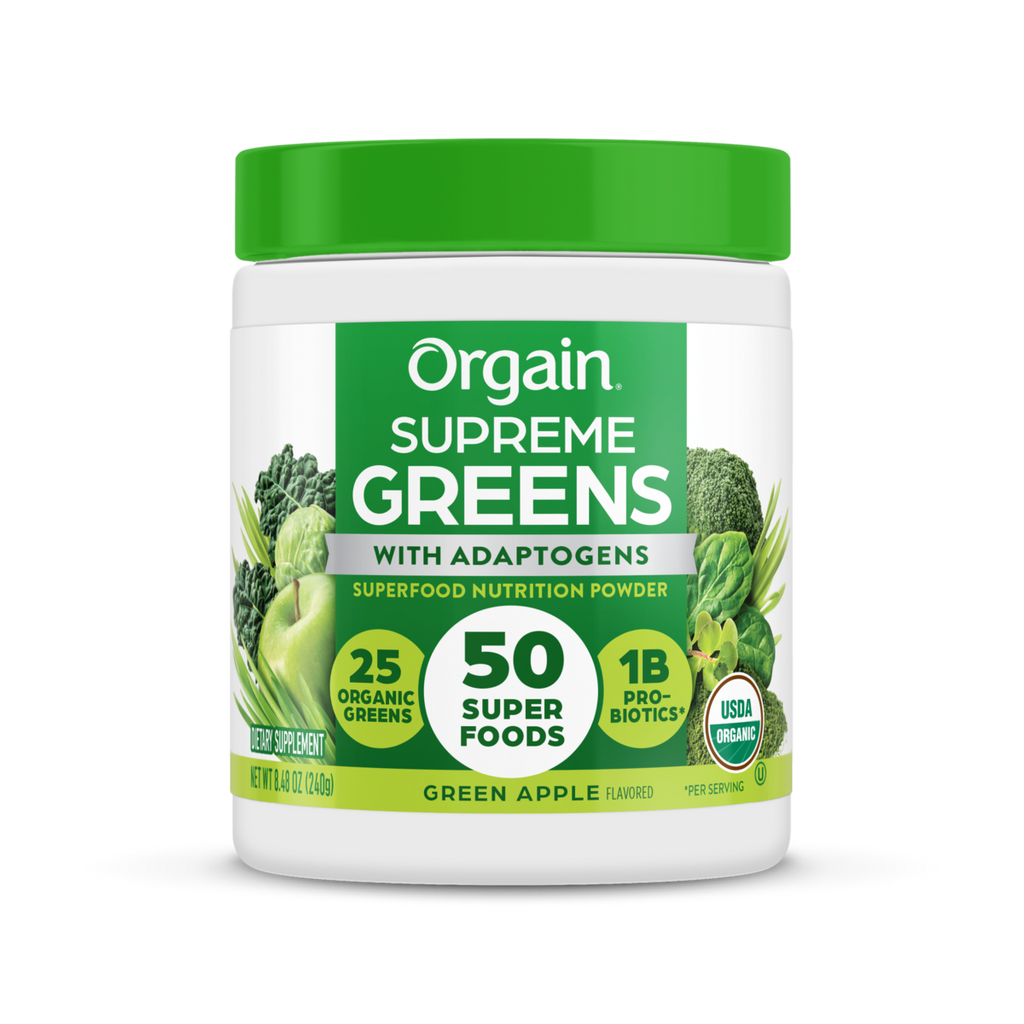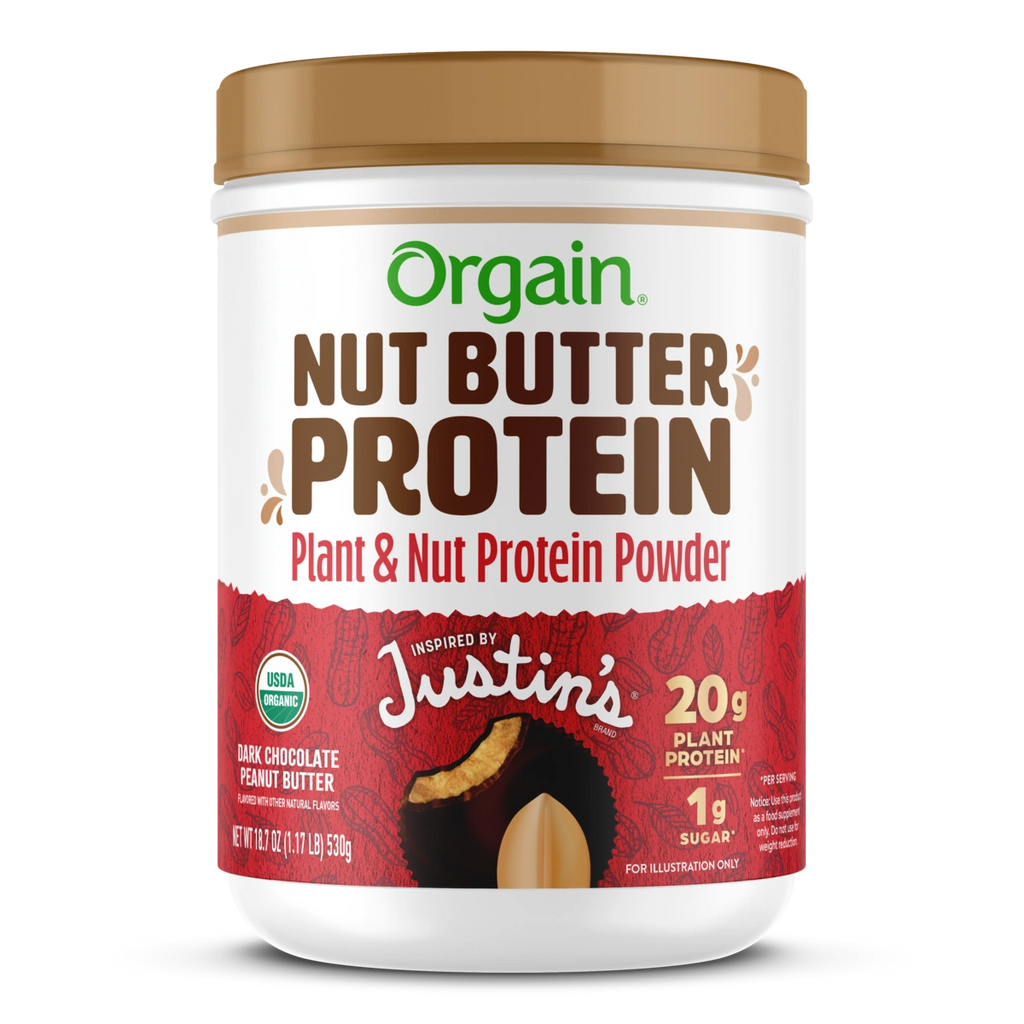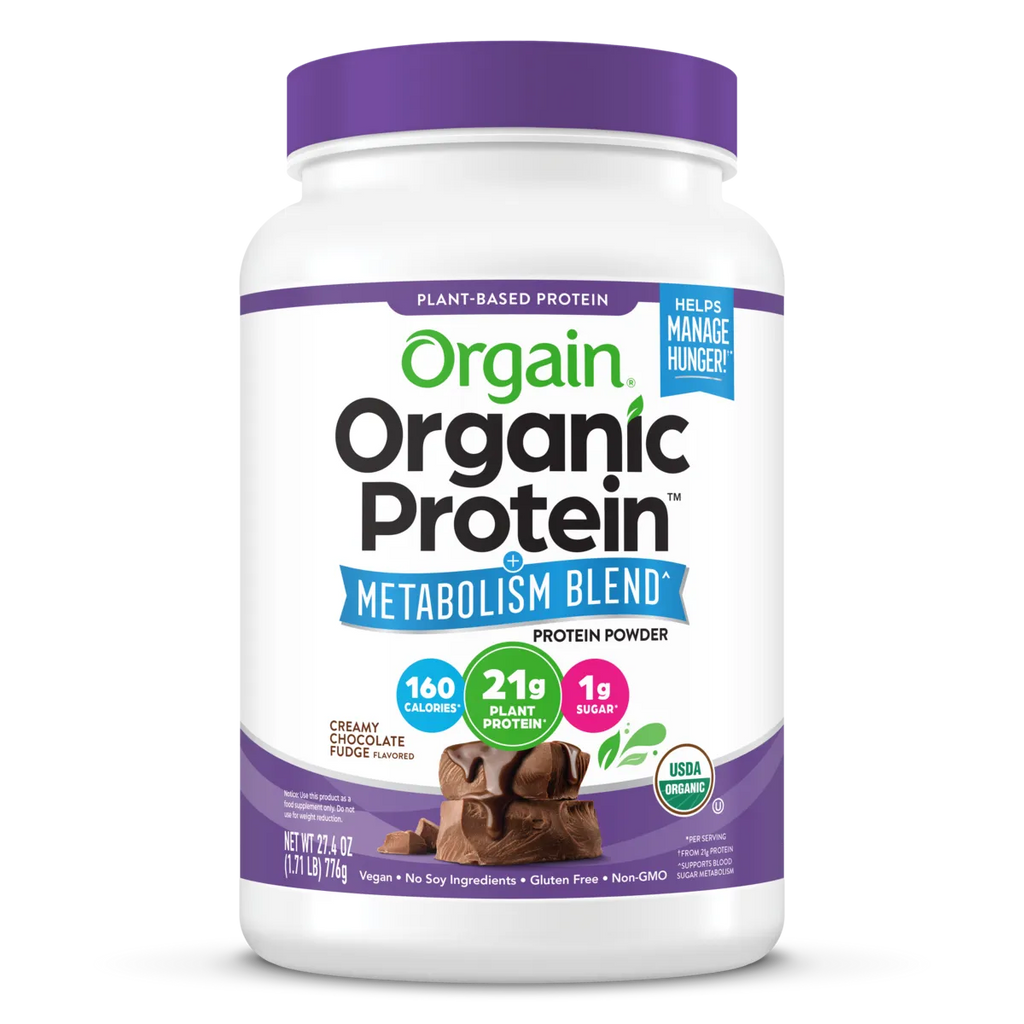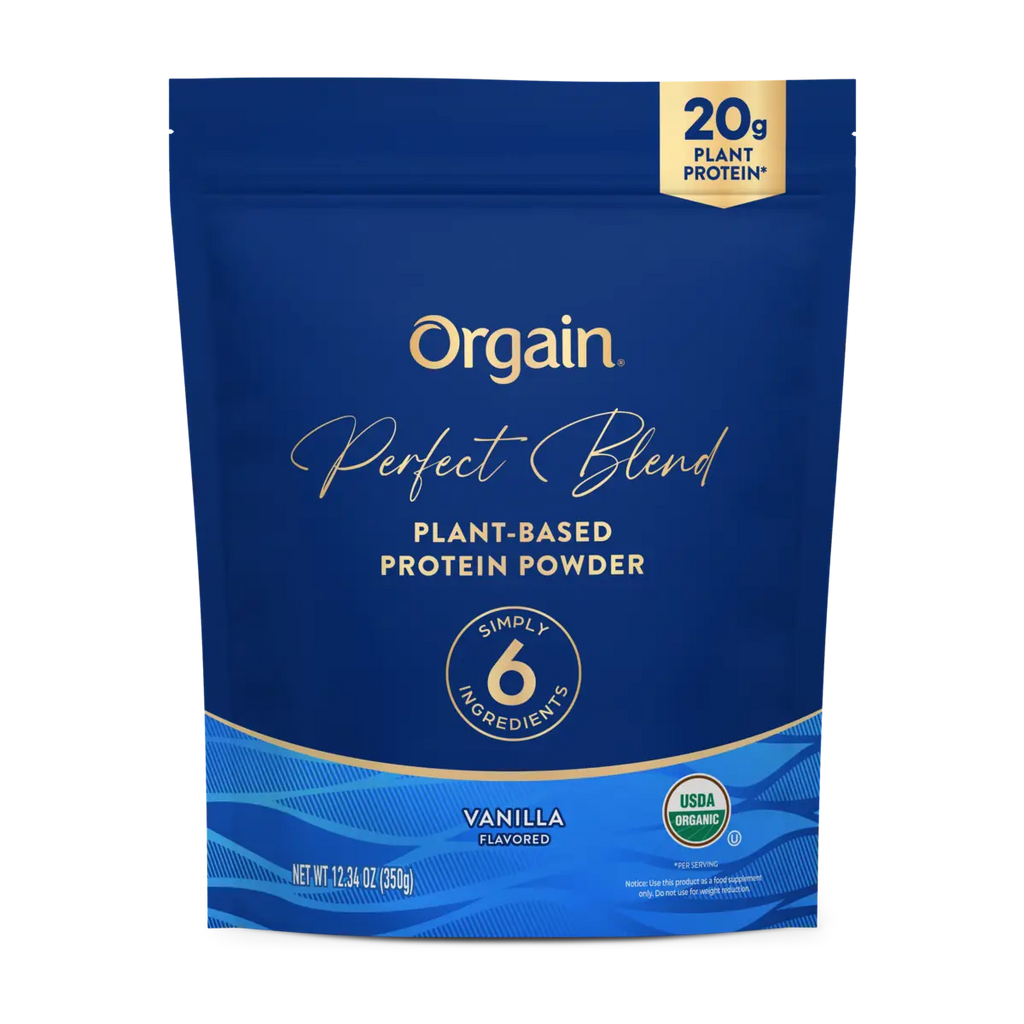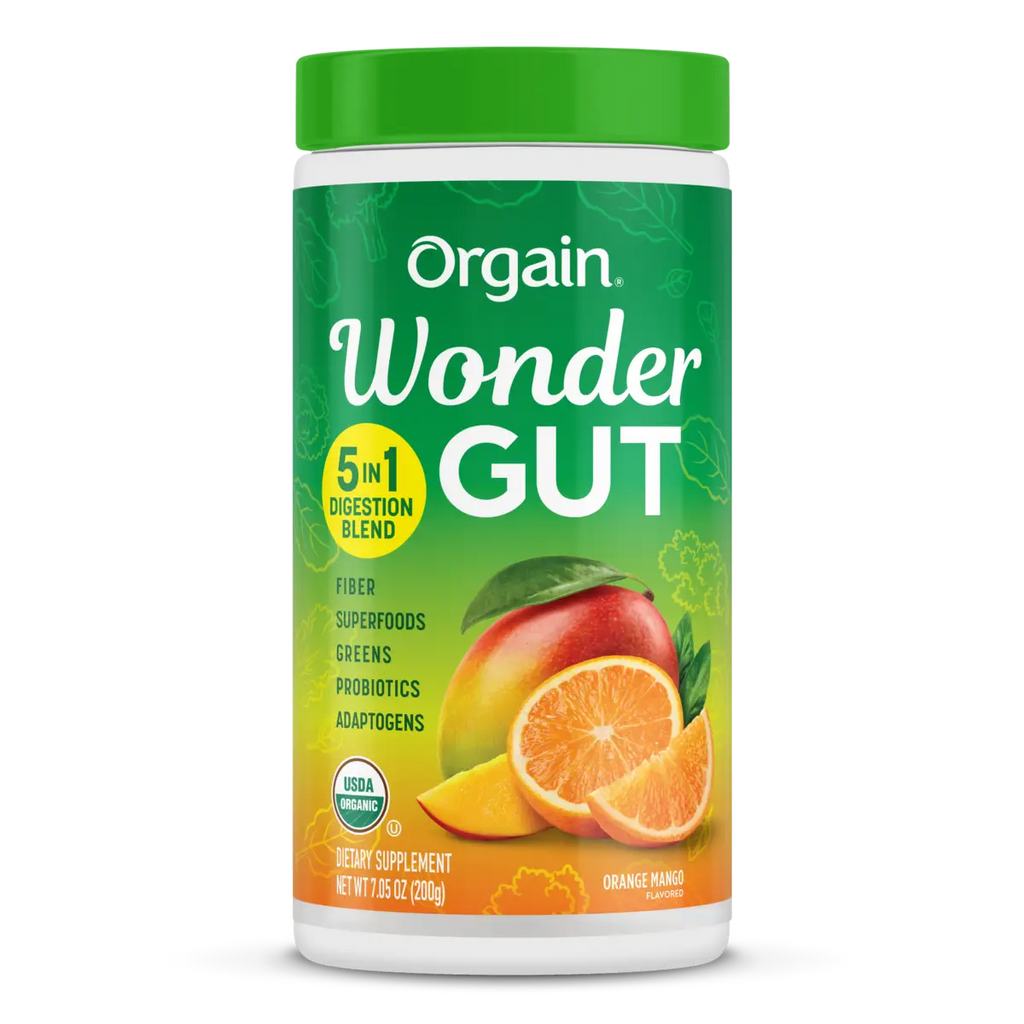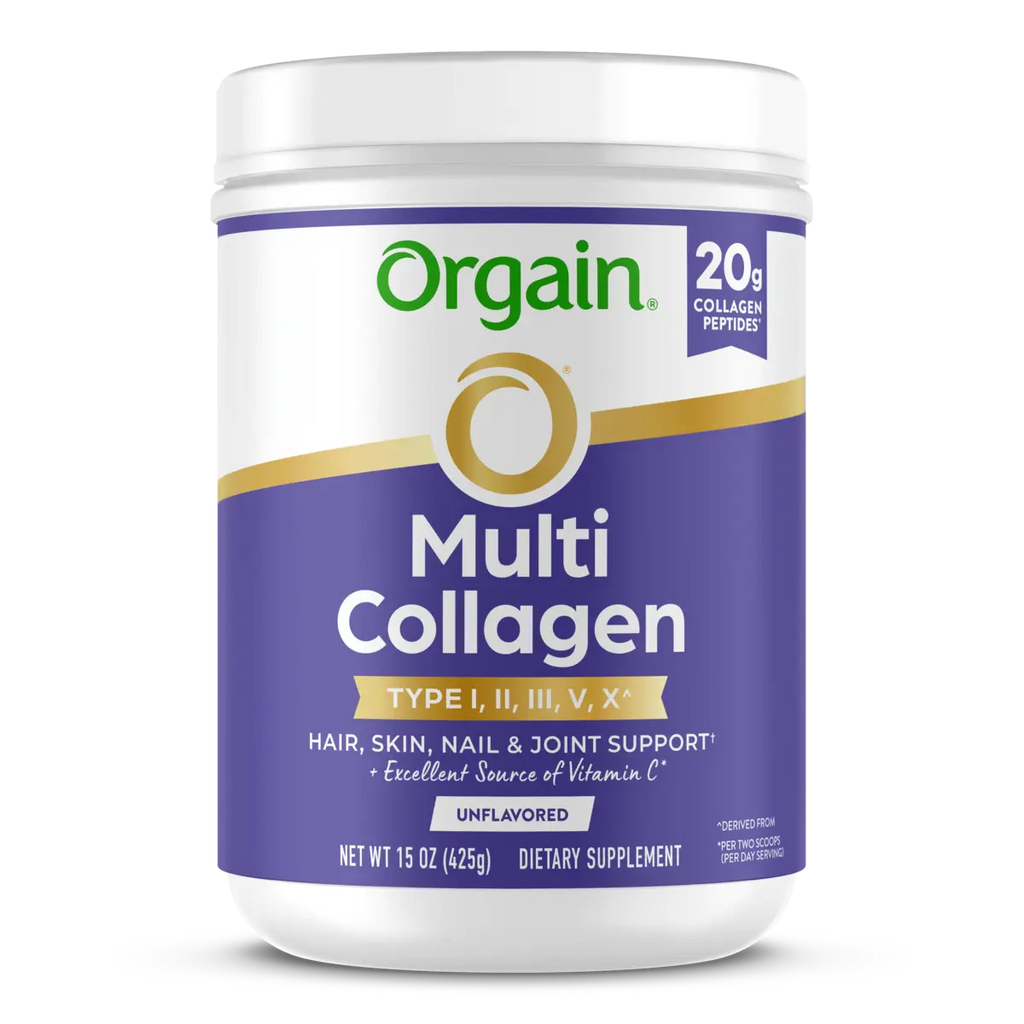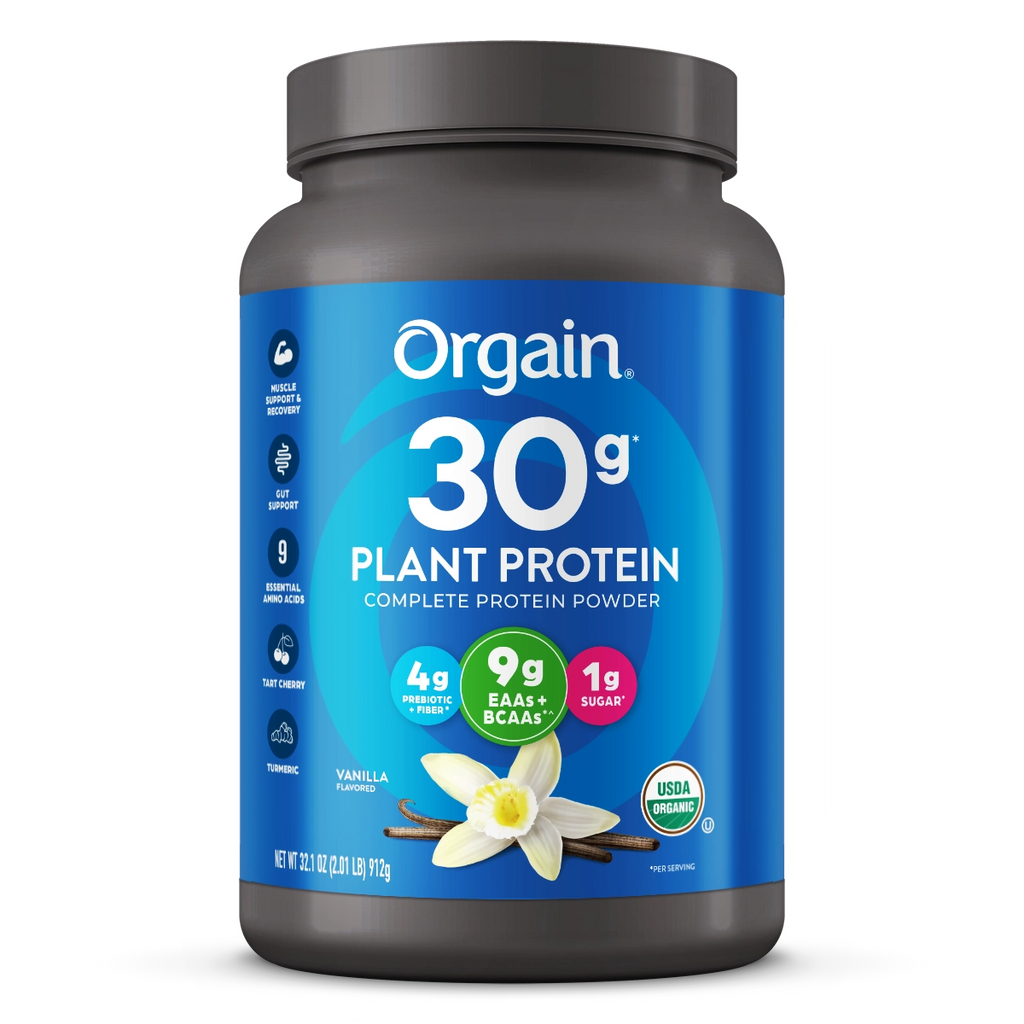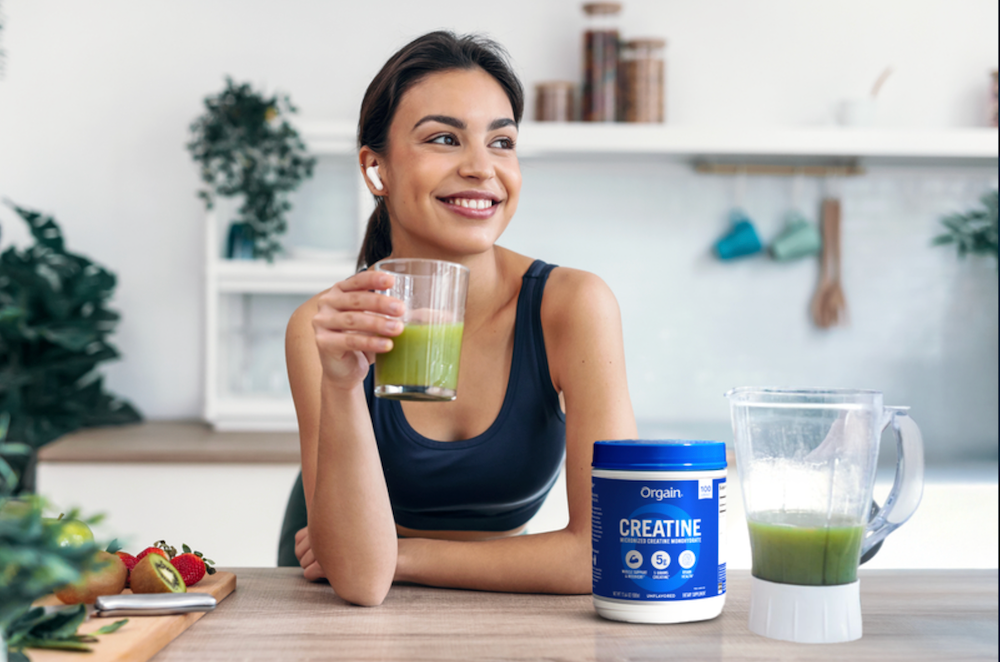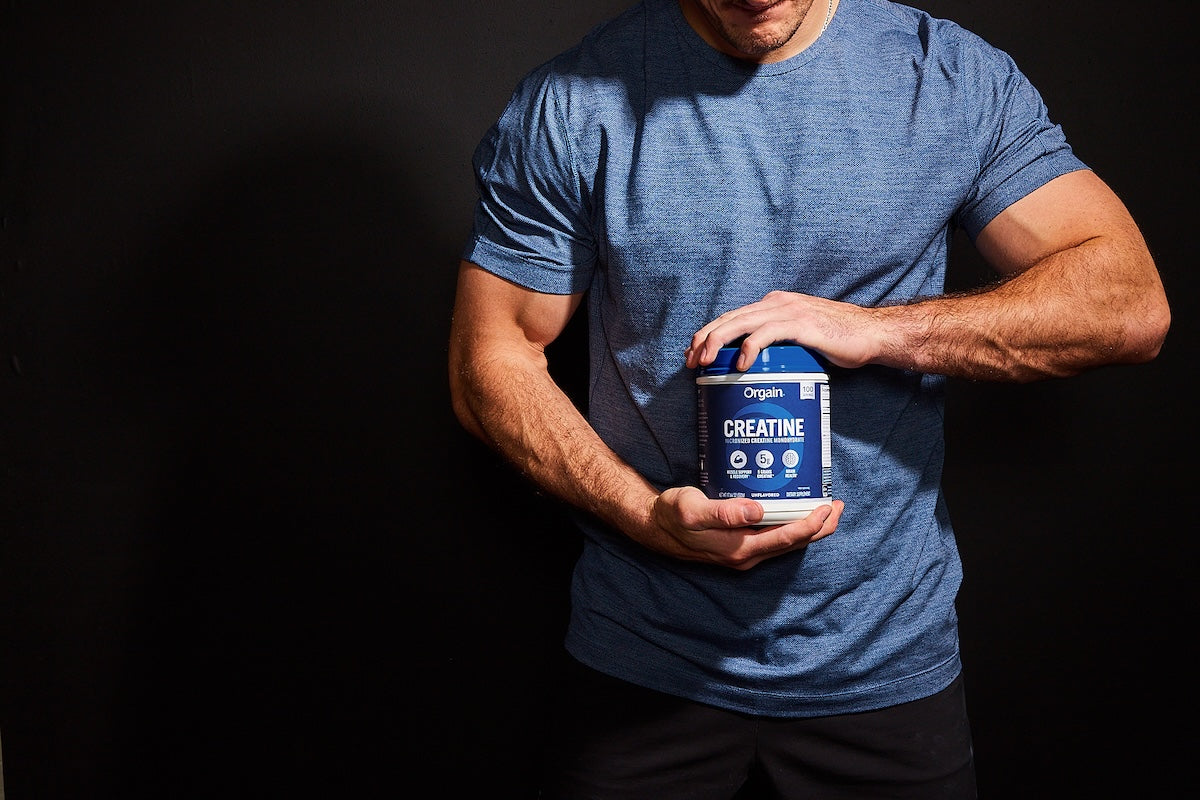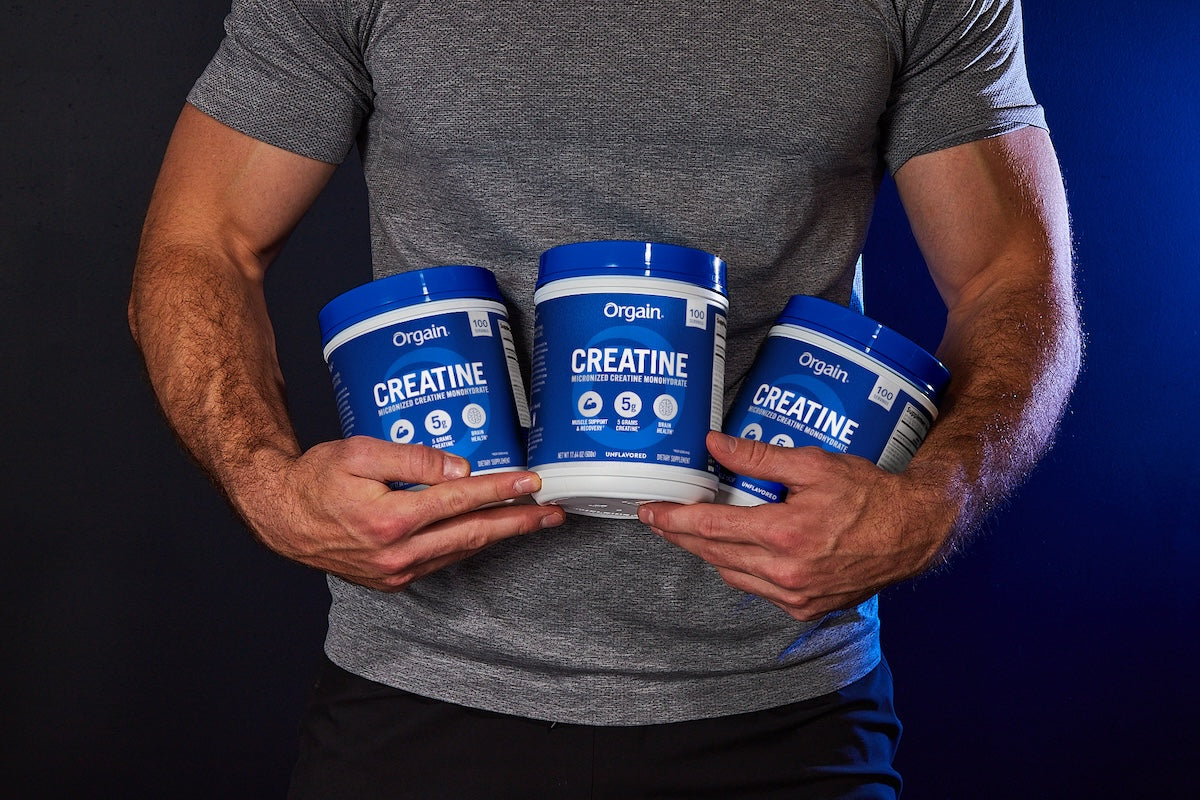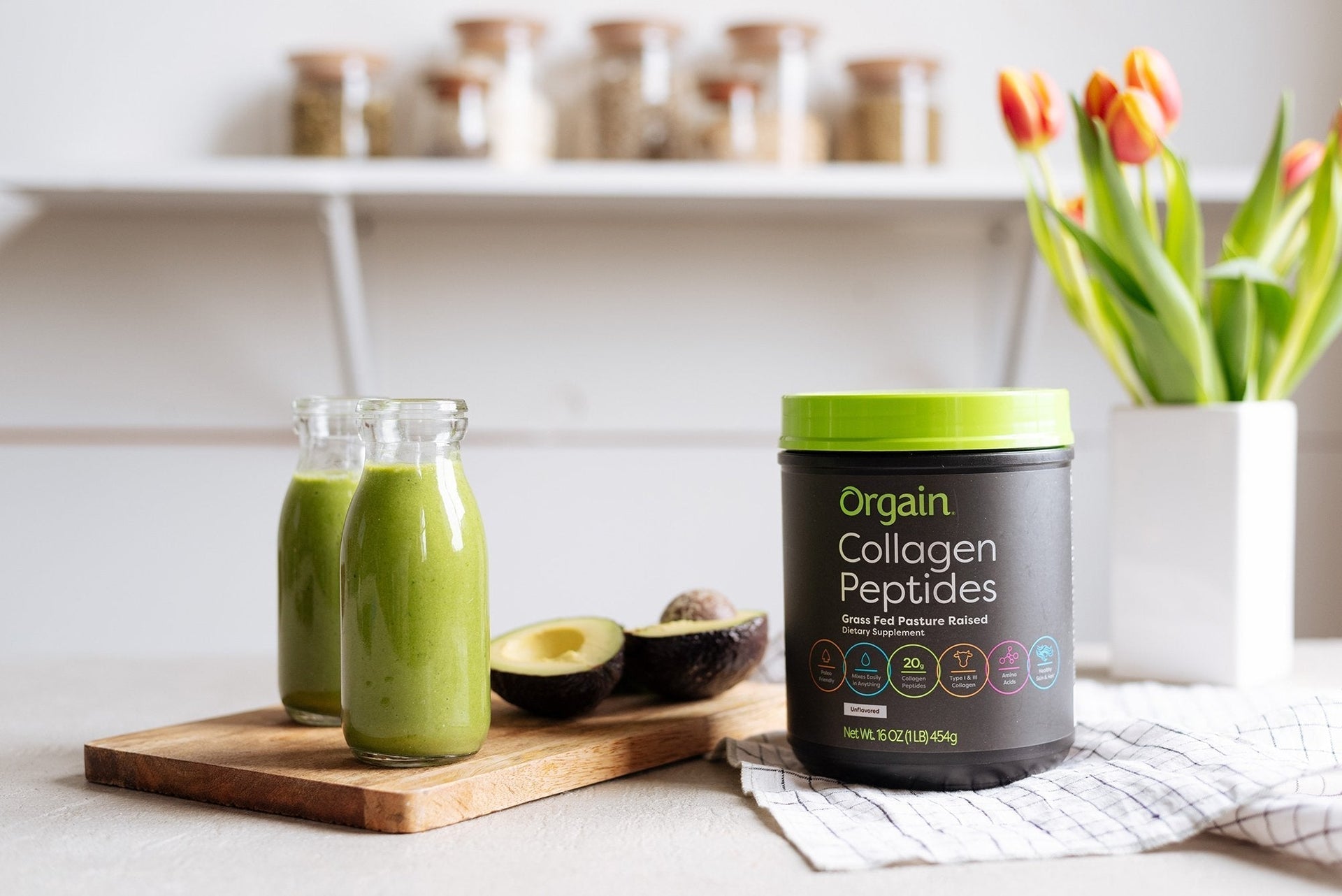You’ve probably heard that it’s important to get enough physical activity into your day in order to maintain overall health and fitness, but the lines can become blurred between physical activity and exercise. What is the difference between physical activity and exercise, and how can you incorporate more of each into your daily routine?
An Overview of Each
At the surface, physical activity and exercise might seem like the same thing. However, there are some important differences between the two.
Physical Activity
Physical activity is defined as movement of the body in everyday activities, such as cleaning the house, walking to the mailbox to get the mail, carrying groceries into the house, or playing in the backyard.
Physical activity typically falls into one of five categories, including:
- Occupational physical activity
- Conditioning physical activity
- Sports-related physical activity
- Household-related physical activity
- Other forms of physical activity
Exercise
By contrast, exercise is a subset of physical activity that is planned, structured, and repetitive. Exercise is defined by either an intermediate or final objective of improving or maintaining physical fitness. Exercise includes activities like going to a fitness class, lifting weights, or going for a run.
Physical Fitness
Physical fitness is the collective set of attributes associated with health and wellness. Physical fitness is typically broken down into five categories, including:
- Cardiorespiratory fitness
- Muscular endurance fitness
- Body composition
- Muscular strength fitness
- Flexibility fitness
A person’s level of physical fitness is typically assessed with a variety of different tests. When combined, the results of the tests can provide important information about overall health.
How Can You Become More Physically Active?
While the idea of adding structured exercise into your day might feel overwhelming, the good news is that increasing your physical activity can go a long way towards improving your overall health.
In fact, research indicates that all physical activity helps to increase your overall health regardless of whether or not it is structured as exercise.
One of the easiest ways to incorporate additional physical activity into your routine is to spend less time sitting and more time standing and walking. People who work at desk jobs know how easy it is to get stuck behind your desk and end up sitting for hours in a row without getting up and moving around.
If you work in an office environment that requires you to work at a desk, try using a workstation that is adjustable, allowing you to stand during some point of the day and sit during others.
Standing at your desk will help build strength in your lower body and core without doing a single squat. Build up your stamina by gradually increasing the amount of time you spend standing during the day. Start with 10 minutes at a time and then take a break to give your legs a rest.
In no time at all, you might find yourself easily standing for an hour or more.
Another way to easily incorporate more physical activity into your life is to make a concerted effort to walk more.
- When going to the grocery store, park at the back of the parking lot to get some extra steps in, and then walk down every aisle.
- At your office, take the stairs instead of the elevator or walk to the next floor up in order to use the bathroom.
- Instead of getting the mail from your car while pulling into your driveway, park your car in the garage and then walk down to the mailbox and back.
While it might not seem like much, these tiny actions can build up over time to significantly improve your health and mobility.
Increasing your physical activity can be fun, too. Hobbies that you may have previously neglected to make time for, such as gardening or hiking, can be a great way to incorporate physical activity into your day while also doing an activity you enjoy. Throwing the ball for your dog at the dog park (or better yet, taking your dog on a walk) can have lasting beneficial impacts on your health.
Even activities that you typically try to do all at once or avoid entirely, such as cleaning, can represent an opportunity to increase your physical activity. Rather than spending several hours of your Saturday cleaning, try to break the activity up into 10-minute chunks throughout the week. This not only keeps the workload more manageable and frees up your free time, but it also incorporates more physical activity on a daily basis.
How Can You Incorporate More Exercise Into Your Routine?
The American Heart Association recommends that healthy adults engage in moderate exercise for a total of 150 minutes per week, or 30 minutes of exercise 5 days per week. Moderate exercise can include activities like walking at a brisk pace or going for a bike ride around your neighborhood.
If you prefer to work out at a more strenuous level of exertion, the American Heart Association recommends aiming for at least 75 minutes of vigorous activity, or 25 minutes 3 times per week.
People often think that exercise has to be exhausting in order to be effective, but nothing could be further from the truth. Moderate exercise, like walking at a brisk pace, doing yoga, or taking a dance fitness class can all significantly improve your fitness and stamina.
Many people feel like it’s not possible to fit exercise into their busy lives. After all, between going to work, taking care of the kids, and making time for all of the other things we have to do in a day, adding exercise to the mix can seem like a tall order.
If that sounds like you, one of the best things that you can do is make use of the time you already have, such as your lunch break. If you get an hour for lunch, try going on a 30-minute walk for the first half and eating during the second half. If you are taking the kids to soccer practice at a local park, walk laps around the field or on a walking path, if available.
You may also find it helpful to schedule your workouts into your calendar like you would any other appointment. By blocking out the time for your workout, you’re less likely to schedule something else that could interfere with your exercise. The appointment strategy is to treat your exercise appointment the same as you would any other appointment and don’t skip it unless you have a good reason.
How Can You Become More Physically Fit?
As noted above, physical fitness is measured based on cardiorespiratory fitness, muscular endurance fitness, body composition, muscular strength fitness, and flexibility fitness. While improving any of these areas will lead to improvements in your overall physical fitness, becoming truly fit means working on each of these areas.
- To improve your cardiorespiratory fitness, you’ll need to engage in activity that gets your heart rate and breathing rate up over a sustained period of time, such as jogging, cycling, or brisk walking.
- To improve your muscular endurance, work on holding one position for an extended period of time, such as learning to hold a plank or a wall squat for 1 minute and gradually building up.
- Body composition changes when you reduce body fat and increase lean muscle mass, which requires a combination of strength training and watching your diet.
- Muscular strength can be improved through strength training with dumbbells, machines, or even just your bodyweight.
- Flexibility fitness improves with regular stretching and activities such as yoga.
Incorporating each of these elements into your physical fitness regimen will lead to improvements in your overall fitness over time.
Summary
- Physical activity is defined as movement of the body in everyday activities, such as cleaning the house, walking to the mailbox to get the mail, carrying groceries into the house, or playing in the backyard.
- Exercise is a subset of physical activity that is planned, structured, and repetitive and is defined by either an intermediate or final objective of improving or maintaining physical fitness.
- Physical fitness is the collective set of attributes associated with health and wellness, including cardiorespiratory fitness, muscular endurance fitness, body composition, muscular strength fitness, and flexibility fitness.
All three can play an important role in your life, and with the tips above, you can start to work on a little more of each so you can get closer to your goals of healthy living!
Disclaimer: This is for informational purposes only and is not intended as individual or specific medical advice, nor is it intended to replace advice by your qualified healthcare provider. We strongly encourage consulting with a qualified healthcare provider about your interest in, questions about, or use of dietary supplements and what may be best for your overall health.
Sources:
Physical Activity vs. Exercise: What's the Difference? | American Council on Exercise
